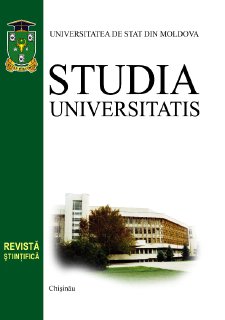CENSUS DATA CONCERNING GENDER IN GEORGIA
Lia CHAREKISHVILI Ivane Javakhishvili Tbilisi State University, Georgia
Rezumat
Gender statistics represents the statistics about the status of women and men in all spheres of public and economic activity. Gender statistics is aimed to ensure objective data through comparison and evaluation with regard to the status of women and men and to the gender equality. Improvement in collection and coverage of statistical data on the ground of gender is very important for people working on the gender issues, as well as for the representatives of legislative bodies, government bodies, NGO’s, researchers and civil society. Gender Statistics, as a new direction, needs to improve communication between data producers and users. Our purpose is to determine how to present data for better understanding. The ability to critically evaluate statistical information, determines appropriate analytical techniques and identifies when concepts have been applied without proper statistical foundation are essential to using statistics in effective decision-making. Users have to develop their skills in relation to key gender indicators. Census data analysis shows that Statisticians need to develop methods of data presentations. It is necessary to provide users with key variables analysis and make it not only based on census data. Survey and administrative data give the possibility to closely cooperate data producers and users. Census data analysis is a good example for it. One of the important reasons is to share analysis with policy/decision-making individuals. They have to consider this information for instance to improve job market, such as decreasing unemployment, to see if gender gaps change or remain stable. Keywords: gender equality, census, gender statistics, producers, users.

